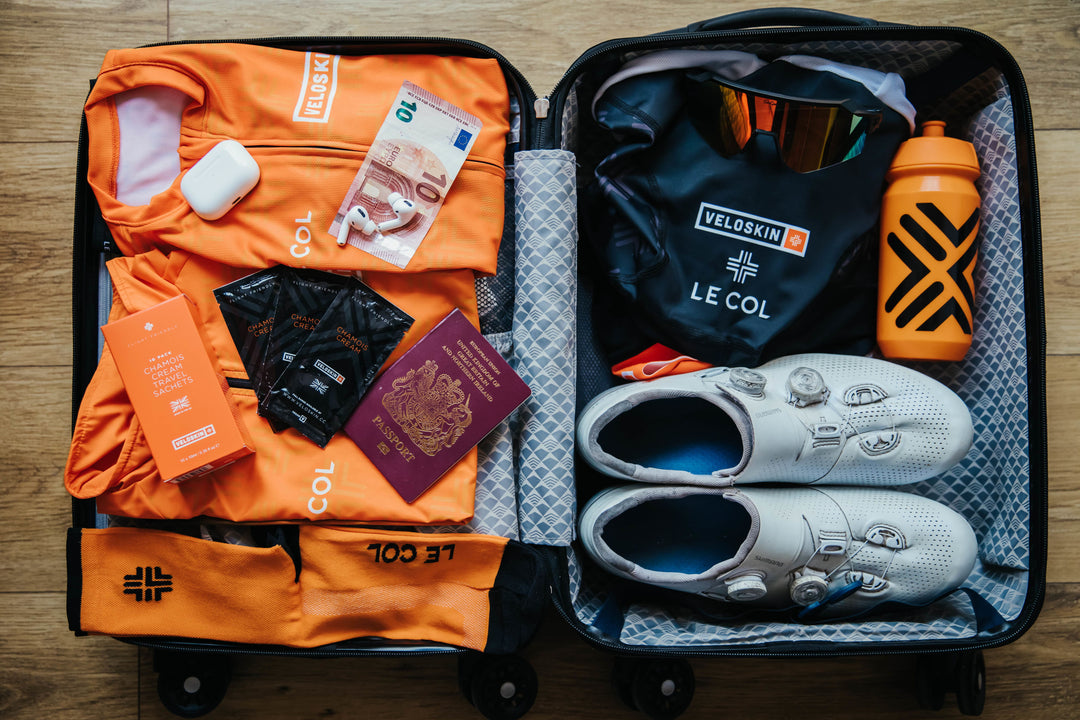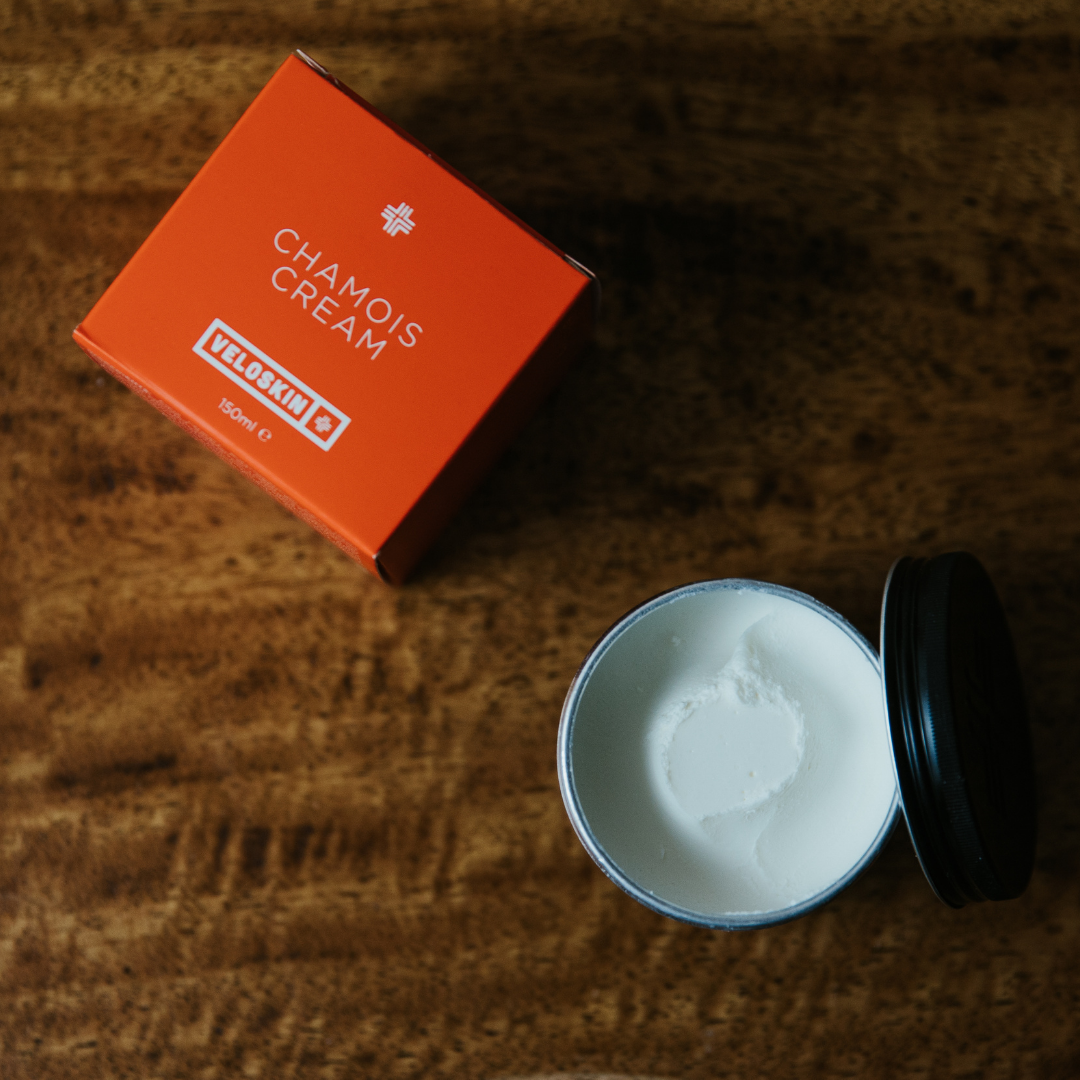Cycling Comfort
Cycling comfort isn't just in the chamois cream, sometimes that's just the finishing touch. There are other aspects that are all important of course, such as good quality kit, your saddle, contact points and generally sitting on the bike.
If you've never had a bike fit, you might just be missing a trick so some additional comfort and even performance. We asked our friend and local bike fit guru to many professionals, including Tour of Britain KOM winner Jake scott, to let us know what it is you're getting out of a bike fit and how chamois cream fits into the equation. Over to you, James Roberts of Fit2Ride...

Your interaction with the saddle is the foundation stone of a happy, sustainable relationship with your bike.
Get it right, and the performance and health outcomes are positive.
Get it wrong and not only will discomfort follow, but the knock-on effects mean little else about your position on the bike will be as good as it can be.
Disclaimer: This is a basic guide, not an exhaustive one. That would require a book, not a blog.
Food for thought rather than step-by-step instructions.
Like most other aspects of bike fitting, saddle comfort is about informed compromise and a works-in-the-real-world solution, not a black-and-white, right-or-wrong answer.
The theory is simple. Let skeleton rather than soft tissue support your weight, roll your hips forward to a neutral position, feel supported, feel comfortable, ride happy. Simple, but sometimes easier said than done.
As a starting point, question yourself. How comfortable are you?
Riders’ perceptions of what is acceptable vary massively, but anyone experiencing numbness, nerve issues, urinary discomfort or persistent soreness needs to have a serious reassessment.
The second thing is that the human body dodges discomfort where it can, compensating either consciously or subconsciously, commonly by actively forcing the hips backwards to avoid pressure and/or sitting on the back edge of the saddle.
Those compensations will limit gluteal engagement - and therefore power - and restrict access to the front of the bike. Not great.

Saddle choice itself is important, but not necessarily decisive.
But if you’ve tried and failed with 10 different saddles, probability suggests it may be how you’re sat on it rather than product selection.
All the following have a major impact on how the rider loads the saddle: Seat height, set back, shoe and cleat set up, handlebar reach and drop, pelvic rotation, body mass/weight.
As a rule of thumb, when it comes to saddle choice, there is often more than one right answer. Find the shape and width of seat that works for you, then narrow to a specific model.

A generalisation: Flexible riders who rotate their hips a lot feel better on flatter seats; the less flexible, with a more upright pelvis, like something with a ‘scoop’. As ever, there are exceptions.
More padding equals more skin contact, but not necessarily more comfort. Often the reverse, in fact, as those bony landmarks on your pelvis are not as easily isolated.
Almost everyone feels better on a seat with pressure relief; a cut out. There is a difference between properly engineered pressure relief and a ‘normal’ saddle with a hole cut in it though, so not all products are equal.
All this is easier to navigate with assistance, so a bike fit can help. Yes, that’s probably an #ad.

But a fit that doesn’t address saddle choice isn’t, really, a fit at all. And try and find a fitter who has a range of saddle solutions, rather than being tied to a single brand.
Also, it’s about more than the saddle. Clothing choice is crucial. Poor quality or worn out shorts are not going to help.
And, obviously, use a good quality chamois cream, especially if your rides are frequent or long, we've had much success using Veloskin since their arrival on the market and it's easy to recommend.
Like every other aspect of bike riding, we are not dealing with a natural activity.
The human body simply did not evolve to deal with the stresses we place on it every time we head out the door on two wheels.
So giving it some assistance, and looking after your skin, is as good a place to start as any.




